Topical salicylic acid (SA) has been suggested as firstline therapy for common warts1 If SA treatment has failed, liquid nitrogen cryotherapy could be considered as a secondline treatment2 However, in the periungual area, aggressive treatment increases the risk of serious side effects such as nail dystrophy regardless of higher efficacy2,3 There are five main types of warts on fingers – common warts, flat warts, butchers' warts, palmar warts and periungual warts Wart on fingernail? Periungual warts are warts that cluster around the fingernail or toenail They may extend under the nail plate and may lie adjacent to the nail matrix Periungual warts pose a management challenge because of poor accessibility, recalcitrance, the possibility of cosmetic disfigurement of the nail, and a high recurrence rate 1

Periungual Warts Consultant360
Periungual wart under fingernail
Periungual wart under fingernail- Fingernail warts, also called periungual warts, may return even after treatment, but applying Vicks VapoRub to the nails vanquished the warts in this case Periungual warts form around your fingernails or toenails They start small, about the size of a pinhead, and slowly grow to rough, dirty
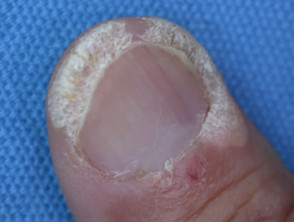



Viral Warts Dermnet Nz
Warts growing near the nail bed, or periungual warts, are part of the common wart family and are caused by the human papillomavirus (HPV) source Mayo Clinic Periungual warts are unique because they develop around the nail on the foot and hand Advertisement The nail polish on its own is by no means an antiviral or a wart killer;Under and around your fingernails, you're most likely to find periungual warts 7 They most commonly affect children and young adults, and nail biters are at an increased risk from under nail
Like many other kinds of wart, periungual warts are defined by where they appear, namely the skin around your toe and finger nails Periungual warts have a characteristic rough appearance, with irregular borders and what is often described as a cauliflower like lookBut by doing so, you cut the air supply of the wart and the virus, killing both eventually "The warts start in the skin surrounding the nail and are called periungual warts Then they can extend underneath the nail, becoming subungual warts," says Steve Daveluy, MD, FAAD, Assistant Professor of Dermatology at Wayne State University
Periungual warts, also called Subungual warts, are warts appear around or under fingernails and toenails These warts start off with the size of a pinhead, smooth and not that visible to the naked eye As weeks pass by, these will grow to the size of a pea, then turn into irregular and rough bumpsWarts on fingers are harmless They're also very common Right now, about 10 percent of people in the UK probably have a wart on some part of their anatomy 1 And they're particularly common in those under the age of – almost 1 in 3 children and young people suffering with these annoying growths 2 Although this is generally reassuring, it doesn't make itCurology is a skincare company138k members in the Warts community All the great pictures and videos you would want to about the dreaded wart




Periungual Warts Symptoms Treatment And Prevention
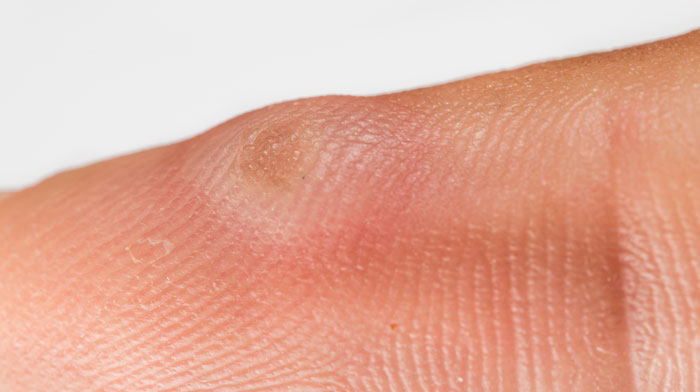



Warts And Veruccas The London Dermatologist
The strands that cause periungual warts do not thrive as a general rule around the genitalia, groin, or anus Openings around the nail allow HPV to enter and infect Cuts, splits, and peeling skin around the nails create the spaces Patients with low immune systems especially findINTRODUCTION Warts or verruca vulgaris caused by human papilloma virus are of many variants depending on location on the skinPeriungual warts are the warts around the nails, which are common in nail biters In the beginning, these are pinhead in sized, shiny, smooth, translucent and usually discreteA wart growing under a nail can raise it from the skin Also, periungual warts may cause the loss of a cuticle A person with these warts may have an increased risk of developing a soft tissue infection called paronychia
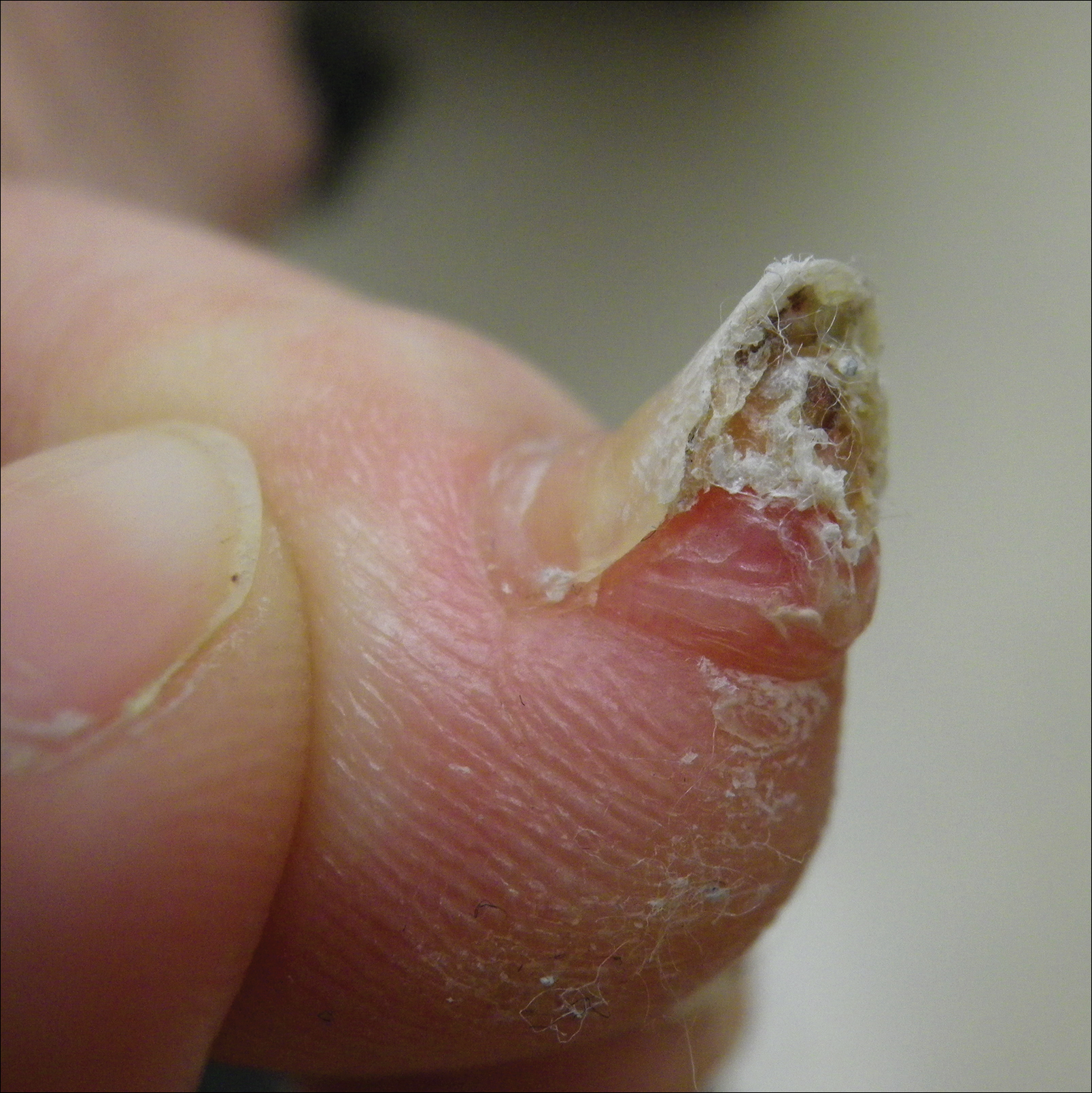



Subungual Exostosis Mdedge Dermatology
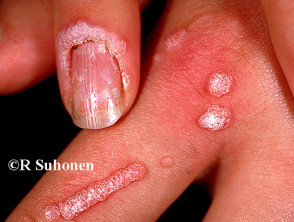



Viral Wart Dermnet Nz
What is a Periungual wart?5fluorouracil (5FU) under tape occlusion Verrumal, a combination of 05% 5FU and 10% SA, has been available for the last 30 years in Europe This combination of 5FU and SA has been found Figure 1 The patient presented with an extensive periungual wart on the left fifth finger Figure 2 Left fifth finger following 5 days of treatmentPeriungual Periungual warts grown under or around the nail While forming, they are tiny raised bumps that cannot be seen, but patients can soon notice roughlooking bumps with irregular edges Periungual warts can appear in groups and can generate varying degrees of pressure on the nail



1
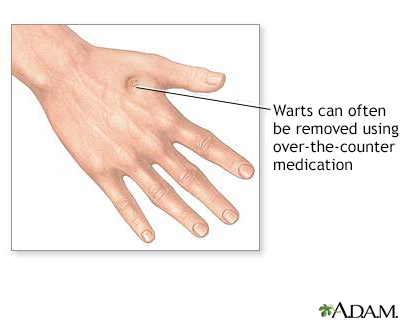



Warts Information Mount Sinai New York
Plantar warts found on the soles of the feet They can be very painful Having many of them on your feet may cause problems walking or running Subungual and periungual warts appear under and around the fingernails or toenails Mucosal papillomas occur on mucous membranes, mostly in the mouth or vagina, and are whiteThe periungual warts are rough grainy bumps around and under the nail They are usually small bumps around the toenails or fingernails Periungual warts also lead to loss of cuticle and increase the risk of self tissue infection They are usually skintoned ,pink,tan or whiteViral warts, caused by the Human Papillomavirus (HPV), may cause a change in the shape of the nail or thickened skin growth under the nail (called periungual warts) Older individuals are often affected by toenail fungus infection (onychomycosis) associated with athlete's foot




A Periungual Wart B Crusts Were Formed Three Days After Treatment Download Scientific Diagram




What You Should Know About Periungual Warts
They're unsightly, sometimes contagious, and above all, tricky to get rid of Especially difficult to deal with are subungal and periungual warts, which appear under the fingernails and toenails 1 Because of their hardtoreach placement, they require a Common warts are caused by human papillomaviruses of different biological types (Figures ) They are benign, weakly infective, fibreepithelial tumours with a rough keratotic surface Usually periungual warts are asymptomatic, although fissuring may cause pain Subungual warts initially affect the hyponychium, growing slowly toward the nail bed and finally elevating the nailUngual and periungual warts Warts growing under and around nail beds can be difficult to treat due to difficulty accessing the wart, and pain caused by treatment In one case series (n=15), imiquimod 5% applied 5 nights per week under occlusion (following pretreatment with salicylic acid) resulted in complete resolution of recalcitrant ungual



Periungual Warts Treatment Options Actforlibraries Org



Is This A Start Of A Subungual Wart Ive Treated It With Acv And Duct Tape For Two Das Just To Be Sure This Is A Repost Btw Warts
Periungual warts form around your fingernails or toenails They start small, about the size of a pinhead, and slowly grow to rough, dirtylooking bumps that can resemble cauliflower Eventually, they spread into clusters Like all warts, periungual warts are caused by the human papilloma virus (HPV) Additionally, do Periungual warts go away onPeriungual warts form around your fingernails or toenails They start small, about the size of a pinhead, and slowly grow to rough, dirtylooking bumps that can resemble cauliflower Eventually, they spread into clustersFinger Wart A finger wart can also be known by a few other terms such as a periungual wart or a subungual wart It is called a periungual wart when it grows around or beside the nails of the fingers or the toes It is referred to as a subungual wart when it




Warts And Verruca Treatment Colaz




Periungual Warts Pictures Treatment And Prevention
The periungual wart is an extremely unpleasant in appearance and sensation growth on the skin of the fingers, in close proximity to the nail In some patients, the warts develop immediately under the nail plate, which causes additional inconvenience and discomfort The nail at the same time can become uneven, rough, sometimes flaking and For best results, soak your wart in warm water for 10 to 15 minutes first, to soften it Then, file away the dead skin on top using a nail file or pumice stone Make sure to stop filing if Plane warts can sometimes develop on the lower legs of women, as the human papilloma virus (HPV) can be spread through shaving Filiform warts (verruca filiformis) Filiform warts are long and slender in appearance, often developing on the neck or face Periungual warts Periungual warts develop under and around the fingernails or toenails They



1




Transillumination A Simple Tool To Assess Subungual Extension In Periungual Warts Ashique K T Kaliyadan F Indian Dermatol Online J
This type of wart is call a periungual wart Periungual warts can damage the nail They may cause the nail to fully or partially detach or become deformed If they grow under the nail, they may cause pain Periungual wart removal is possible through cryotherapy (freezing), surgery, and topical medicines Periungual warts treatment Periungual warts can be very hard to remove especially if they spread to the nail plate or under it In the latter case they are called subungual warts which are not only painful but can also damage your nail plate if left untreated The conventional treatments that doctors will suggest to remove periungual warts are Sometimes they can even detach the nail if the wart begins to grow under the nail Periungal warts can grow in clusters or singularly Treatment Options For Periungual Warts There are several treatment options available to remove periungal warts Besides being painful and unsightly, periungal warts can be harmful for nail health
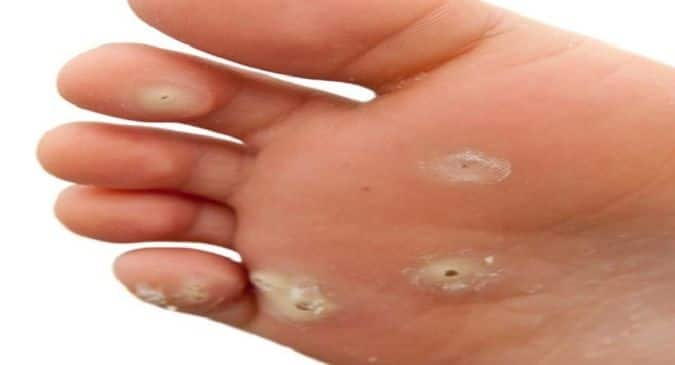



Are Warts Worrying You Duct Tape Wart Solution Human Papillomavirus Thehealthsite Com
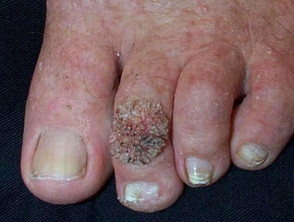



Viral Warts Dermnet Nz
Periungual warts usually damage the nail by lifting it from the skin Loss of cuticle, paronychia, causing the nail to detach from skin are some complications that this disorder causes These warts, in their initial stage are pin shaped in size, smooth, shiny and translucent In the last stage, these periungual warts become inflamed, tender and Warts that involve the periungual skin or subungual area are typically associated with HPV subtypes 1, 2, 4, 27, and 57 Butcher's warts may also affect the nail apparatus and are due to HPV 2 and 7 Warts are the most common nail tumor and affect fingernailsPeriungual warts usually manifest around the nails of your fingers and toes, and can cause a considerable amount of discomfort, even growing and extending under the nail itself It is for this reason that periungual warts are often more difficult to treat than common warts or verrucas , as conventional medicines like salicylic acid cannot properly reach the affected area



How To Get Rid Of Common Warts Under The Nails




Periungual Wart Wikipedia
Periungual warts are warts that cluster around the fingernail or toenail They may extend under the nail plate and may lie adjacent to the nail matrix Periungual warts pose a management challenge because of poor accessibility, recalcitrance, the possibility of cosmetic disfigurement of the nail, and a high recurrence rate 1Periungual warts are typically found along the toenails and fingernails These are roughlooking warts wherein the outer surface of the wart is dry Periungual warts can cause some degree of discomfort as they can extend under the nails These warts generally don't have an inflamed appearance but can get further infected if not treatedK, a new client, recently arrived in my office with a large periungual wart on her finger Half of it was under her fingernail Tricky For more than two years, she had suffered through a variety of Western treatments A daily application of apple cider vinegar achieved nothing Neither did a dermatologist's regular scraping of the wart with




Periungual Warts Are Warts That Cluster Around The Fingernai




Pdf Use Of Imiquimod In The Treatment Of Chronic Periungual Warts
Periungual warts can cause nail dystrophy and destruction Pain due to plantar warts (myrmecia type) interferes with walking and sporting activities, causing knee or hip pain In epidermodysplasia verruciformis the specific HPV types involved can cause cutaneous squamous cell carcinomas Periungual warts causing nail dystrophyPeriungual warts are warts that cluster around the fingernail or toenail They appear as thickened, fissured cauliflowerlike skin around the nail plate Periungual warts often cause loss of the cuticle and paronychia Nail biting increases susceptibility to these warts Periungual is medically defined as associated with the part surrounding the fingernails or toenails Periungual warts are a lot similar to the appearance of common warts, tan, or brownish in colour, with a rough surface They appear under, or around toenails and fingernails



25 Year Old Periungual Wart 24 Hours On Sa What Do I Do Now More Info In Comments Warts
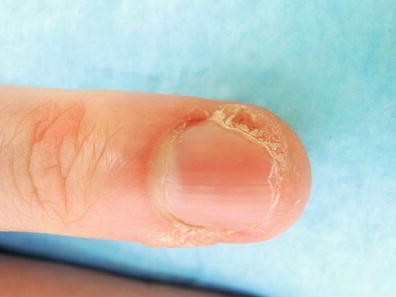



Periungual Warts Springerlink
Periungual warts can occasionally cause damage to the nail or nail bed A wart growing under a nail can raise it from the skin Also, periungual warts Periungual warts can be quite painful, especially in the event that they broaden under toenails and get inflamed while strolling or walking When a cut is made in the surface, the Human Papilloma Virus enters the body by way of some bodily fluids, resulting in the advancement of cervical cancerInitially, periungual warts present as very small, fleshtoned, raised lesions with a smooth texture As the warts mature, they adopt a ragged, rough appearance When positioned close to the nail, the wart can spread underneath, raising the nail It is common for some warts to cause discomfort, but if periungual warts become too invasive to the
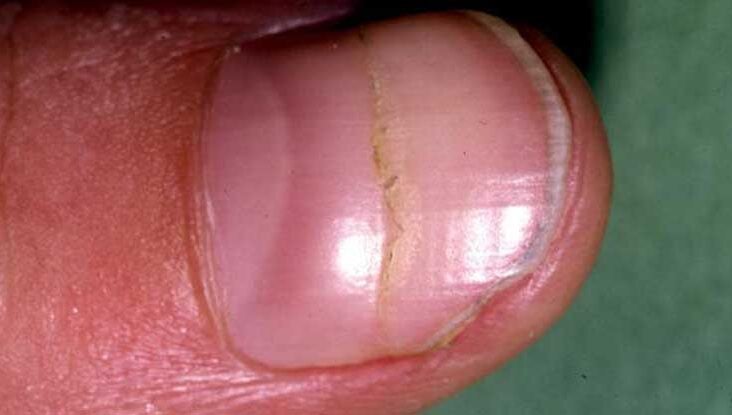



Periungual Warts Identification Treatment And More




Can You Identify These Nail Lesions Consultant360



Periungual Warts Photo Skin Disease Pictures




What Are Periungual Warts With Pictures




Warts Wart Removal Wart Freeze Familydoctor Org




Scielo Brasil Multipuncture Technique With Ingenol Mebutate In The Treatment Of A Periungual Wart Multipuncture Technique With Ingenol Mebutate In The Treatment Of A Periungual Wart




What Is A Wart And Other Faqs Holland Barrett




Periungual Warts Symptoms Treatment And Prevention




The Diverse Methods Of Bleomycin Delivery In Cutaneous Warts A Literature Review Kaul 21 Dermatologic Therapy Wiley Online Library




Melanonychia Induced By Topical Treatment Of Periungual Warts With 5 Fluorouracil



Tumor Wart Curettage
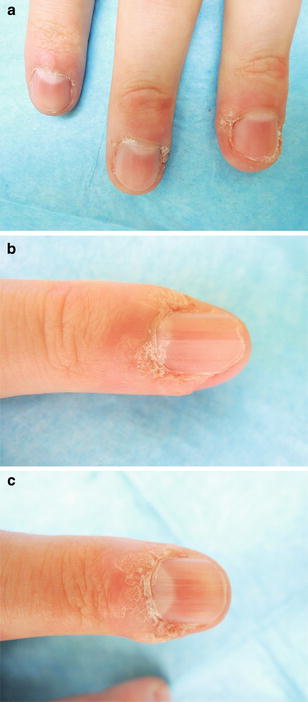



Periungual Warts Springerlink
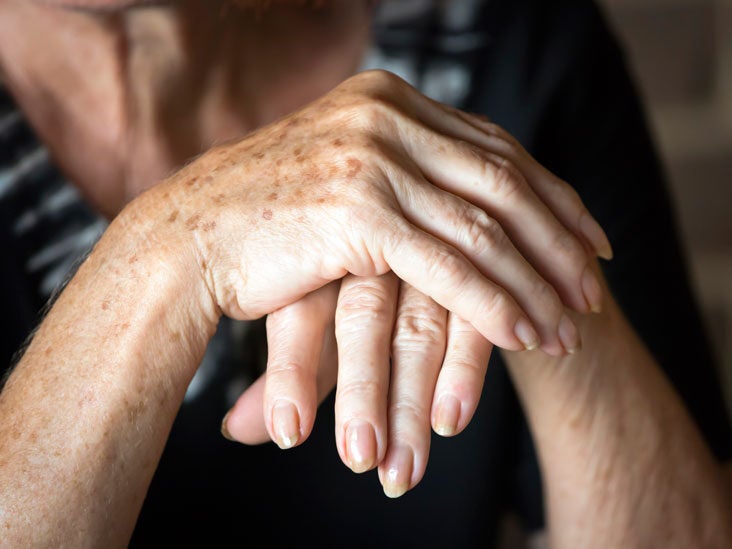



Periungual Warts Identification Treatment And More




A Case Of Subungual Wart Invading The Nail Root Successfully Cured With Surgery Combined With Photodynamic Therapy Li J Mao S Huang L Wu M Mo X He F Zhao L Zhang




Scielo Brasil Diphenciprone As A Therapeutic Alternative To Exuberant Periungual Warts Diphenciprone As A Therapeutic Alternative To Exuberant Periungual Warts




Figure 1 From Successful Treatment Of Periungual Warts With Diluted Bleomycin Using Translesional Multipuncture Technique A Pilot Prospective Study Semantic Scholar




Persistent Periungual Wart Starting To Creep Under Fingernail Warts




Melanonychia Induced By Topical Treatment Of Periungual Warts With 5 Fluorouracil




Use Of Imiquimod In The Treatment Of Chronic Periungual Warts Semantic Scholar




A Wart Under Fingernail And Treatment To Cure It




View Image




Warts Multimedia Encyclopedia Health Information St Luke S Hospital




The Human Papillomavirus And Its Role In Plantar Warts Clinics In Podiatric Medicine And Surgery




I M Embarrassed About My Warts Matthew Mittelbronn Md Dermatologist




Types Of Warts When You Need To Seek Treatment Northwich Foot Clinic
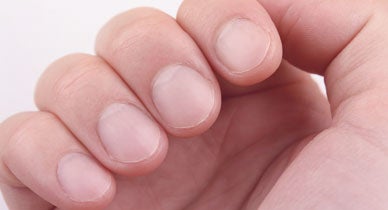



Periungual Warts Identification Treatment And More




The Different Types Of Warts Holladay Dermatology Aesthetics Dermatology And Aesthetic Specialists




Pdf Use Of Imiquimod In The Treatment Of Chronic Periungual Warts



What Are Periungual Warts Almawi Limited The Holistic Clinic



2 Months Of Healing Gonna Take A While For The Nail To Return To Normal But There Is Hope For Periungual Wart Fighters Warts




Molluscum Contagiosum And Warts American Family Physician




Periungual Warts Consultant360
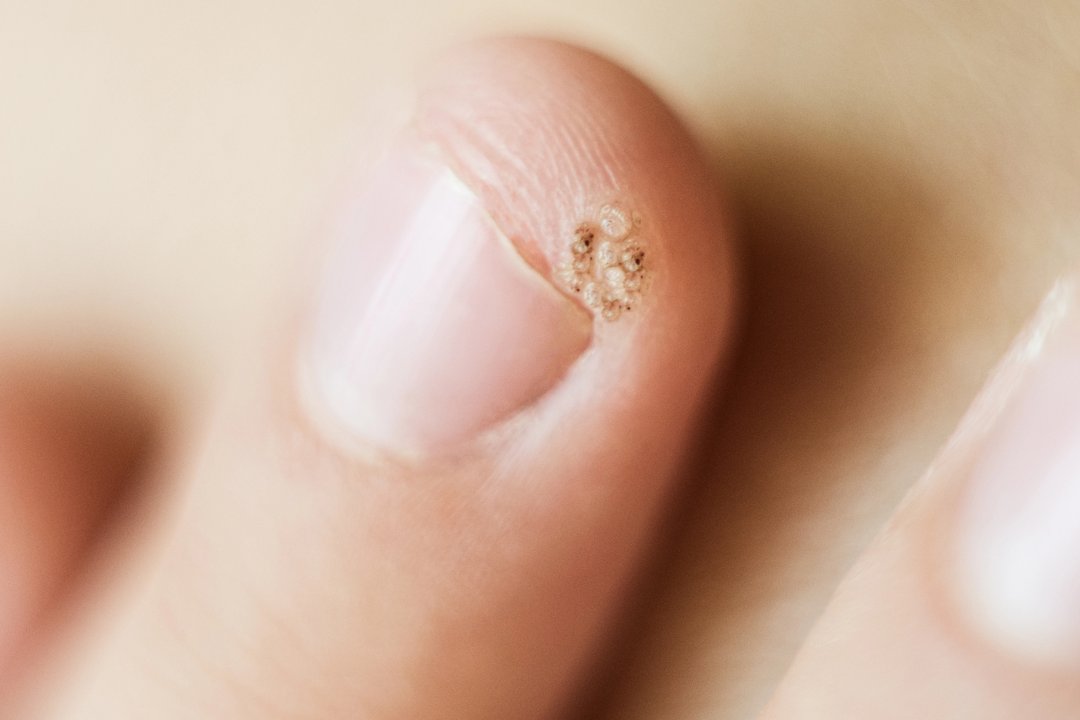



dmember A Recent Study In The Journal Of Cutaneous Medicine And Surgery Explored The Efficacy Of Intralesional Antigen Immunotherapy For The Treatment Of Periungual Warts Dermworldweekly T Co Syo9sifmqv T Co By1hli6fl1
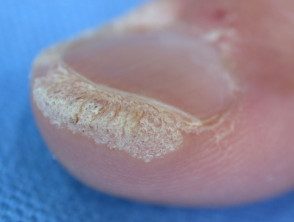



Viral Wart Dermnet Nz




Viral Warts Dermnet Nz




Removing A Wart On Your Finger At Home And Professionally
:max_bytes(150000):strip_icc()/GettyImages-1002099914-3b3e38acd83d4f2fb393f40e0e0ca3c9.jpg)



Photo Gallery Of Warts On Different Body Parts



1
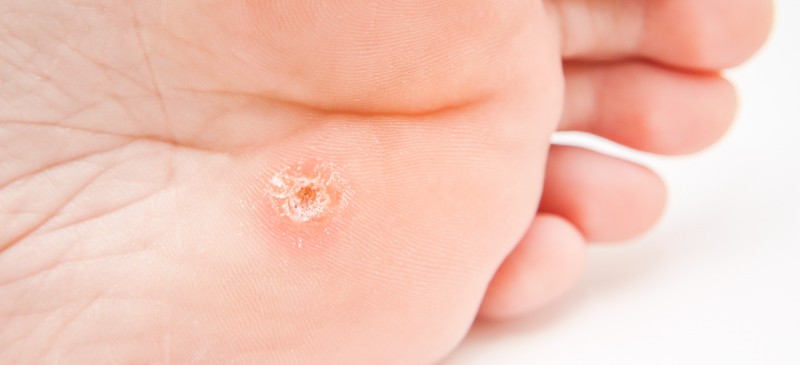



How To Get Rid Of Warts Naturally Wart Symptoms Causes Dr Axe




Periungual Warts Before Treatment Open I




Ungual Warts Comparison Of Treatment With Intralesional Bleomycin And Electroporation In Terms Of Efficacy And Safety Di Chiacchio 19 Journal Of The European Academy Of Dermatology And Venereology Wiley Online Library




Check Out My Periungual Wart Freezing Didn T Cure It So I M Using Salicylic Acid On It Warts




Day One Life Long Biter Periungual Warts Have To Stop Any Tips Using Salicylic Acid On The Warts And They Are Getting There Hopefully That Will Stop A Few Of You From




Periungual Warts Completely Cleared With Dpcpi A B Proximal Nail Download Scientific Diagram



Periungual Wart



3




Verrucae Common Warts Verruca Vulgaris Flat Warts Verruca Plana Plantar Warts Verruca Plantaris Myrmecia Filiform Digitate Warts Subungal Periungal Warts Anogenital Warts Condyloma Acuminatum Venereal Warts Epidermodysplasia Verruciformis



Periungual Warts Photo Skin Disease Pictures
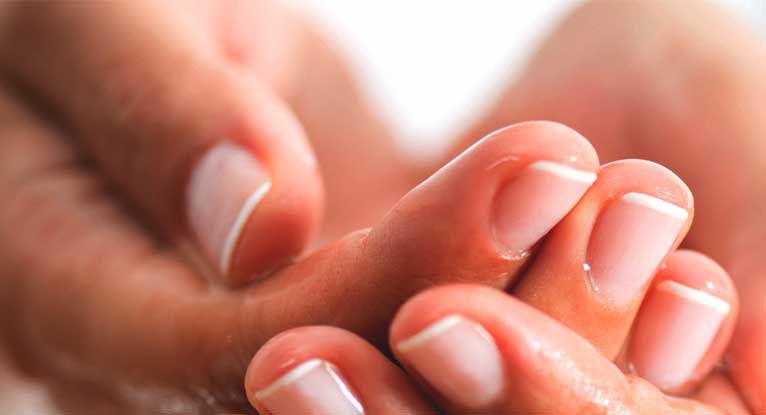



Periungual Warts Identification Treatment And More



Periungual Warts Photo Skin Disease Pictures
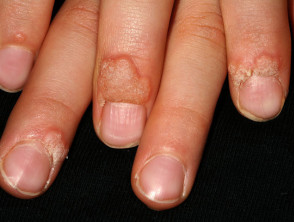



Viral Wart Dermnet Nz




Duct Tape Forever And For Warts Album On Imgur



Result Of A 72 Hour Fast On My Periungual Wart I Ve Had For A Year I Ve Tried Everything To Get It To Go Away I Read A Few Stories Of Fasting Helping




How Periungual Warts Work Howstuffworks
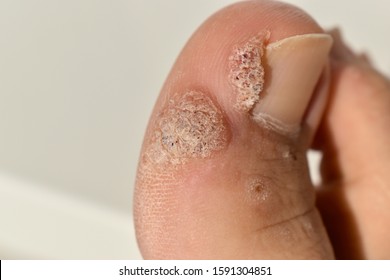



Wart Nail Images Stock Photos Vectors Shutterstock




Periungual Warts Pi Uptodate



Hie Multimedia Warts
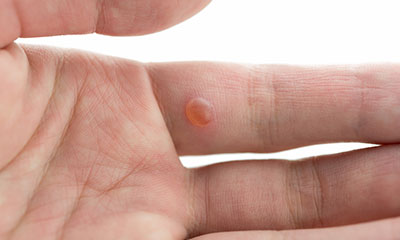



Homoeopathy Treatment Of Periungual Warts By Dr Jyoti Singh Lybrate
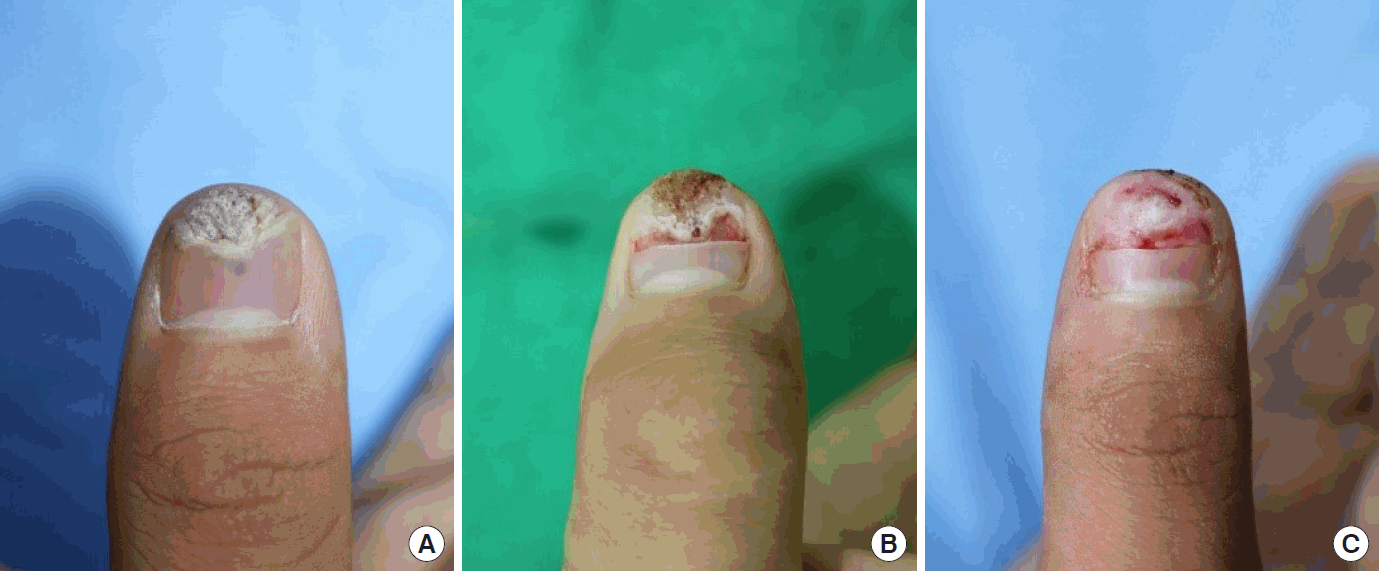



Journal Of Wound Management And Research




Hpv Symptoms Warts Genital Warts Cancer Everyday Health




Understanding The Many Types Of Warts Rapaport Dermatology Of Beverly Hills Dermatologists




Periungual Warts Symptoms Treatment And Prevention




3 At Home Wart Remedies That Actually Work Cleveland Clinic



Tumor Wart Curettage



Hi Ladies I Have A Wart Under My Nail And I Can T Seem To Get Rid Of It Do You Have Any Ideas To Make It Go Away Sorry For The




What Is Periungual Wart Removal Official Dr Numb Usa




Swelling Of The Proximal Nail Fold Caused By Underlying Warts Semantic Scholar




Treatment Of Nongenital Cutaneous Warts American Family Physician




View Image




Warts




Transillumination A Simple Tool To Assess Subungual Extension In Periungual Warts Ashique K T Kaliyadan F Indian Dermatol Online J




Periungual Warts Youtube




Melanonychia Induced By Topical Treatment Of Periungual Warts With 5 Fluorouracil
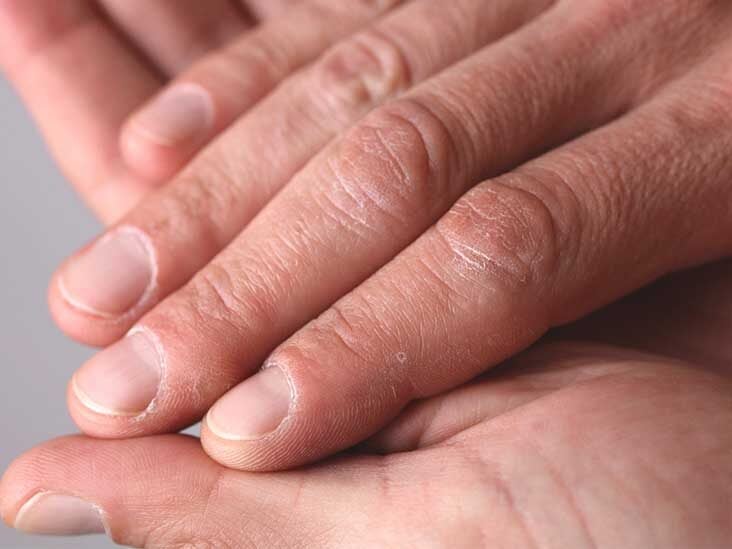



Periungual Warts Identification Treatment And More




Warts




Subungual And Periungual Warts What Are They What Is It Warts Types Of Warts Healing




Pin On Dermatosurgery
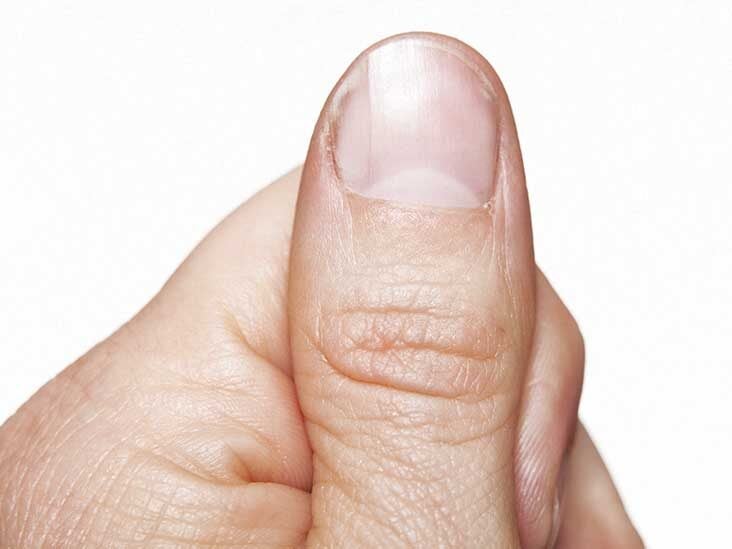



Periungual Warts Identification Treatment And More




The Peri Sub Ungual Wart Difficult To Manage The Consent No Promises Implied Given Case Examples Enclosed




Subungual Wart Of The Fifth Right Fingernail In A 7 Year Old Girl Download Scientific Diagram
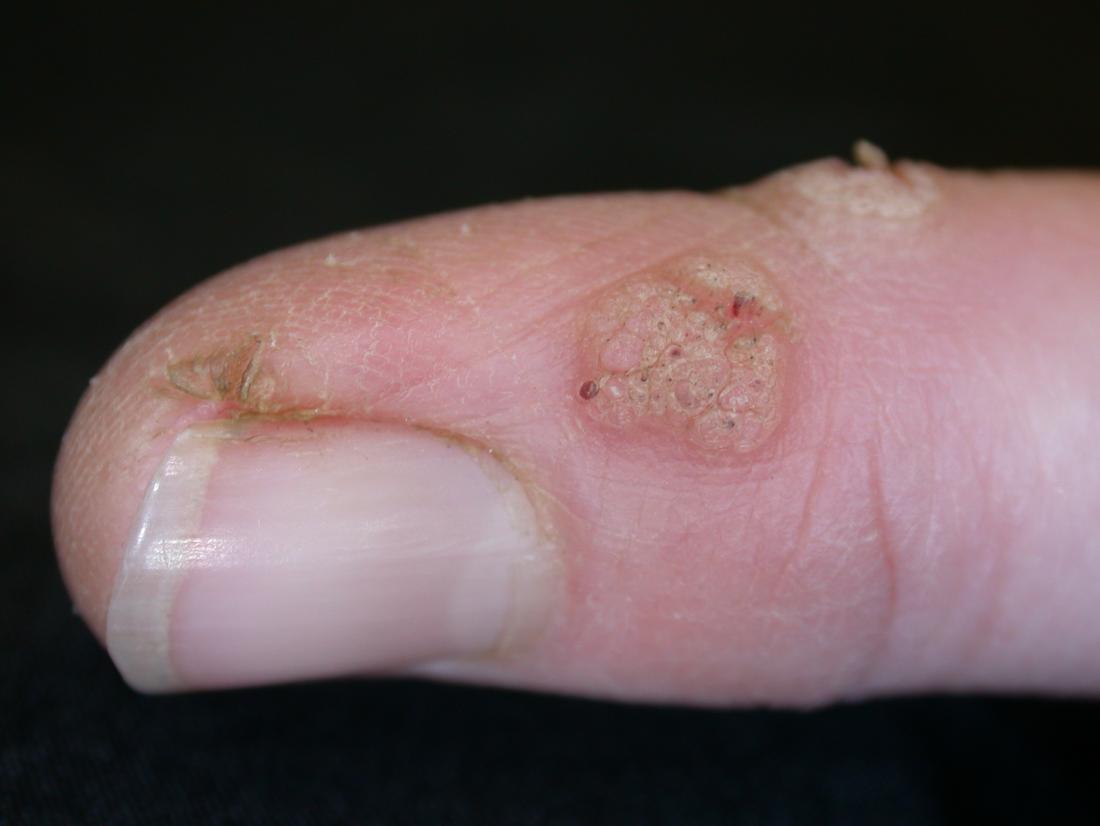



Periungual Warts Pictures Treatment And Prevention



What Are Periungual Warts Rocky Hill Newington Middletown Glastonbury Bristol And Kensington Ct Foot Doctor



0 件のコメント:
コメントを投稿